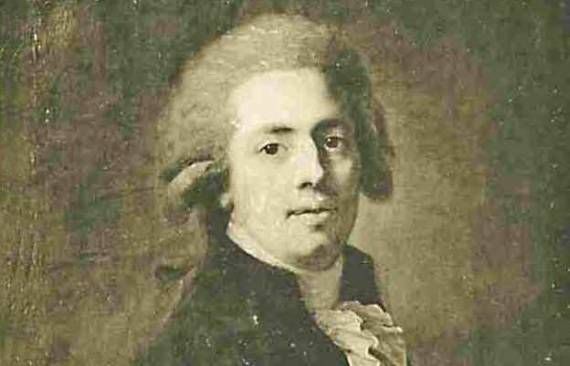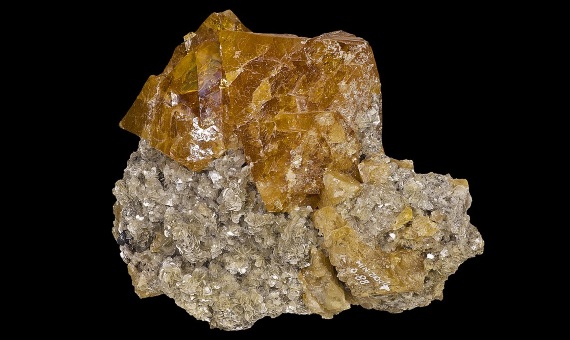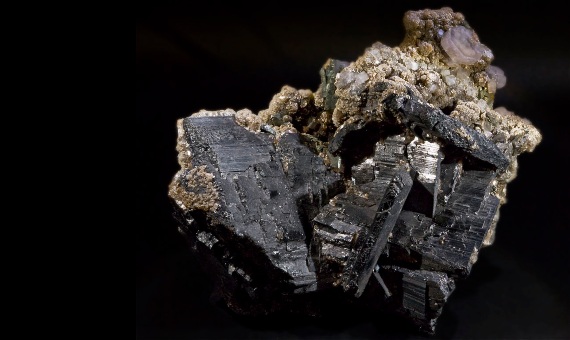On November 5, 1781, a new teacher began to give mineralogy classes in the Royal Seminary of Bergara, an illustrious education centre founded in this Basque locality by the Real Sociedad Bascongada de Amigos del País (the Royal Basque Society of Friends of the Country). Two years later, that chemist, Fausto D’Elhuyar, together with his brother Juan José, achieved a feat that would create in the periodic table the only box for an element isolated in Spain: tungsten (or wolfram).
The names of the brothers Fausto D’Elhuyar (October 11, 1755 – February 6, 1833) and Juan José D’Elhuyar (June 15, 1754 – September 20, 1796) are not particularly well-known in their own country, yet they are considered by many to be the most important Spanish scientists of the 18th century. Moreover, their professional careers are revealing, as they are almost a perfect reflection of the ups and downs of science in Spain in that historical era.

Born in Logroño into a Basque-French family, their father, a surgeon, gave them an education in science in Paris, the main nucleus of thought in the Age of Enlightenment. It was there that the two brothers decided to focus on mineralogy. After a brief return to Spain, they once again went again to complete their training at the Bergakademie in Freiberg (Germany). However, that research stay came about for a rather curious reason: as science historian Jesús Palacios Remondo has related in his biography of the D’Elhuyar family, at that time the Spanish Secretary of State for the Navy, military man Pedro González de Castejón, had conceived the so-called Plan for Scientific-Technological Spying in Europe.
Metallurgy and espionage
This mysterious name actually disguised the intention to copy the manufacture of foreign cannons for the Spanish crown. To do so, González de Castejón contacted the Royal Basque Society in search of an expert in metallurgy who could act as a spy, and Juan José D’Elhuyar was chosen. To complete his training, he was sent to Germany, together with his brother Fausto, who had been selected by the Basque institution to be in charge of its chair of mineralogy.

At the end of this period, and while Juan José was still travelling around Europe learning to copy German and Swedish cannons, Fausto returned to Spain, where in 1781 he took up his post as a teacher in Bergara. It was in Uppsala (Sweden) where Juan José learned of a mineral today called scheelite by Swedish chemist Carl Wilhelm Scheele and which was traditionally known as tungsten, or “heavy stone”. From this mineral an acid was obtained, from which Scheele and Swedish chemist and mineralogist Torbern Bergman suggested a new metal could be derived.
On his return to Bergara, Juan José joined his brother Fausto in research aimed at extending the work of Scheele and Bergman. The D’Elhuyars worked with another mineral of German origin, wolframite, which yielded an acid identical to the tungstic described by the Swedes. By means of reduction with coal, on September 28, 1783 they finally obtained the new metal, which they called wolfram, today more commonly known as tungsten. The two brothers obtained credit for the discovery as established for the new elements.

The zenith of their careers
The work of the D’Elhuyar siblings spread quickly throughout Europe and was translated into several languages. However, right at the zenith of their scientific careers the Spanish government decided to divert them from research and assign them to more utilitarian tasks. Both were sent to Latin America to promote mining in the colonies. Juan José travelled to present-day Colombia, where he served as director general of Minas del Virreinato de Nueva Granada. He died in Bogotá without returning to Spain.
For his part, Fausto was able to return to his native country after the independence of Mexico, where he had held the position of director general of Minas de Nueva España. Upon his return, however, he was requested to serve as general Director of Mining. It was only in his later years that he was able to resume his research, albeit with less brilliance than at the time of his great contribution to science. Both D’Elhuyar brothers promoted the development of mining in Spain and America, but both also suffered truncated scientific careers that could undoubtedly have reached much higher.
Comments on this publication